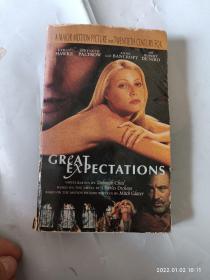
Great Expectation
¥ 3 七五品
仅1件
湖南衡阳
认证卖家担保交易快速发货售后保障
作者Monica Kulling 著
出版社Random House US
出版时间1996-11
版次1
装帧平装
上书时间2022-01-02
- 店主推荐
- 最新上架
商品详情
- 品相描述:七五品
图书标准信息
- 作者 Monica Kulling 著
- 出版社 Random House US
- 出版时间 1996-11
- 版次 1
- ISBN 9780679874669
- 定价 35.00元
- 装帧 平装
- 开本 32开
- 纸张 胶版纸
- 页数 100页
- 【内容简介】
- Seven-year-old Pip is an orphan. He lives with his nasty oldersister and works as a blacksmith's apprentice. Pip dreams of abetter life, but has no idea how to turn his luck around. Then amysterious stranger decides to make all of Pip's dreams come true.Pip's lonely life is about to change forever. Will his greatexpectations be realized? Or will he learn that money and power areworthless without love and friendship?
- 【作者简介】
-
Charles Dickens was born on February 7, 1812, in Portsmouth,England,where his father was a naval pay clerk. When he was fivethe family moved to Chatham, near Rochester, another port town. Hereceived some education at a small private school but this wascurtailed when his father's fortunes declined. More significant washis childhood reading, which he evoked in a memory of his father'slibrary: 'From that blessed little room, Roderick Random, PeregrinePickle, Humphrey Clinker, Tom Jones, The Vicar of Wakefield, DonQuixote, Gil Blas and Robinson Crusoe came out, a glorious host, tokeep me company. They kept alive my fancy, and my hope of somethingbeyond that place and time.'
When Dickens was ten the family moved to Camden Town, and thisproved the beginning of a long, difficult period. (He wrote laterof his coach journey, alone, to join his family at the newlodgings: 'I consumed my sandwiches in solitude and dreariness, andit rained hard all the way, and I thought life sloppier than I hadexpected to find it.') When he had just turned twelve Dickens wassent to work for a manufacturer of boot blacking, where for thebetter part of a year he labored for ten hours a day, an unhappyexperience that instilled him with a sense of having been abandonedby his family: 'No advice, no counsel, no encouragement, noconsolation, no support from anyone that I can call to mind, sohelp me God!' Around the same time Dickens's father was jailed fordebt in the Marshalsea Prison, where he remained for fourteenweeks. After some additional schooling, Dickens worked as a clerkin a law office and taught himself shorthand; this qualified him tobegin working in 1831 as a reporter in the House of Commons, wherehe was known for the speed with which he took down speeches.
By 1833 Dickens was publishing humorous sketches of London lifein the Monthly Magazine, which were collected in book form asSketches by 'Boz' (1836). These were followed by the publication ininstallments of the comic adventures that became The PosthumousPapers of the Pickwick Club (1837), whose unprecedented popularitymade the twenty-five-year-old author a national figure. In 1836 hemarried Catherine Hogarth, who would bear him ten children over aperiod of fifteen years. Dickens's energies enabled him to lead anactive family and social life, including an indulgence in elaborateamateur theatricals, while maintaining a literary productiveness ofastonishing proportions. He characteristically wrote his novels forserial publication, and was himself the editor of many of theperiodicals—Bentley's Miscellany, The Daily News, Household Words,All the Year Round—in which they appeared. Among his closeassociates were his future biographer John Forster and the youngerWilkie Collins, with whom he collaborated on fictional and dramaticworks. In rapid succession he published Oliver Twist (1838),Nicholas Nickleby (1839), The Old Curiosity Shop (1841), andBarnaby Rudge (1841), sometimes working on several novelssimultaneously.
Dickens's celebrity led to a tour of the United States in 1842.There he met Longfellow, Irving, Bryant, and other literaryfigures, and was received with an enthusiasm that was dimmedsomewhat by the criticisms Dickens expressed in his American Notes(1842) and in the American chapters of Martin Chuzzlewit (1844).The appearance of A Christmas Carol in 1843 sealed his position asthe most widely popular writer of his time; it became an annualtradition for him to write a story for the season, of which themost memorable were The Chimes (1844) and The Cricket on the Hearth(1845). He continued to produce novels at only a slightlydiminished rate, publishing Dombey and Son in 1848 and DavidCopperfield in 1850; of the latter, his personal favorite among hisbooks, he wrote to Forster: 'If I were to say half of whatCopperfield makes me feel tonight how strangely, even to you, Ishould be turned inside out! I seem to be sending some part ofmyself into the Shadowy World.'
From this point on his novels tended to be more elaboratelyconstructed and harsher and less buoyant in tone than his earlierworks. These late novels include Bleak House (1853), Hard Times(1854), Little Dorrit (1857), A Tale of Two Cities (1859), andGreat Expectations (1861). Our Mutual Friend, published in 1865,was his last completed novel, and perhaps the most somber andsavage of them all. Dickens had separated from his wife in 1858—hehad become involved a year earlier with a young actress named EllenTernan—and the ensuing scandal had alienated him from many of hisformer associates and admirers. He was weakened by years ofoverwork and by a near-fatal railroad disaster during the writingof Our Mutual Friend. Nevertheless he embarked on a series ofpublic readings, including a return visit to America in 1867, whichfurther eroded his health. A final work, The Mystery of EdwinDrood, a crime novel much influenced by Wilkie Collins, was leftunfinished upon his death on June 9,1870, at the age of 58.
点击展开
点击收起
— 没有更多了 —





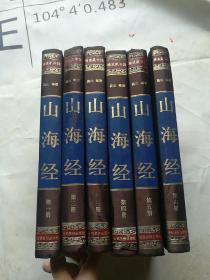
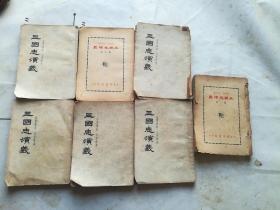



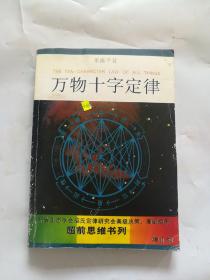

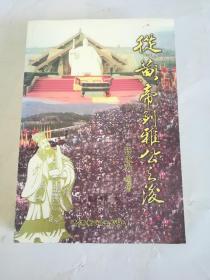

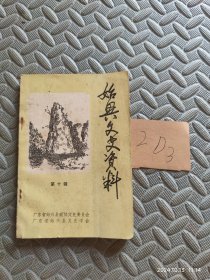








以下为对购买帮助不大的评价